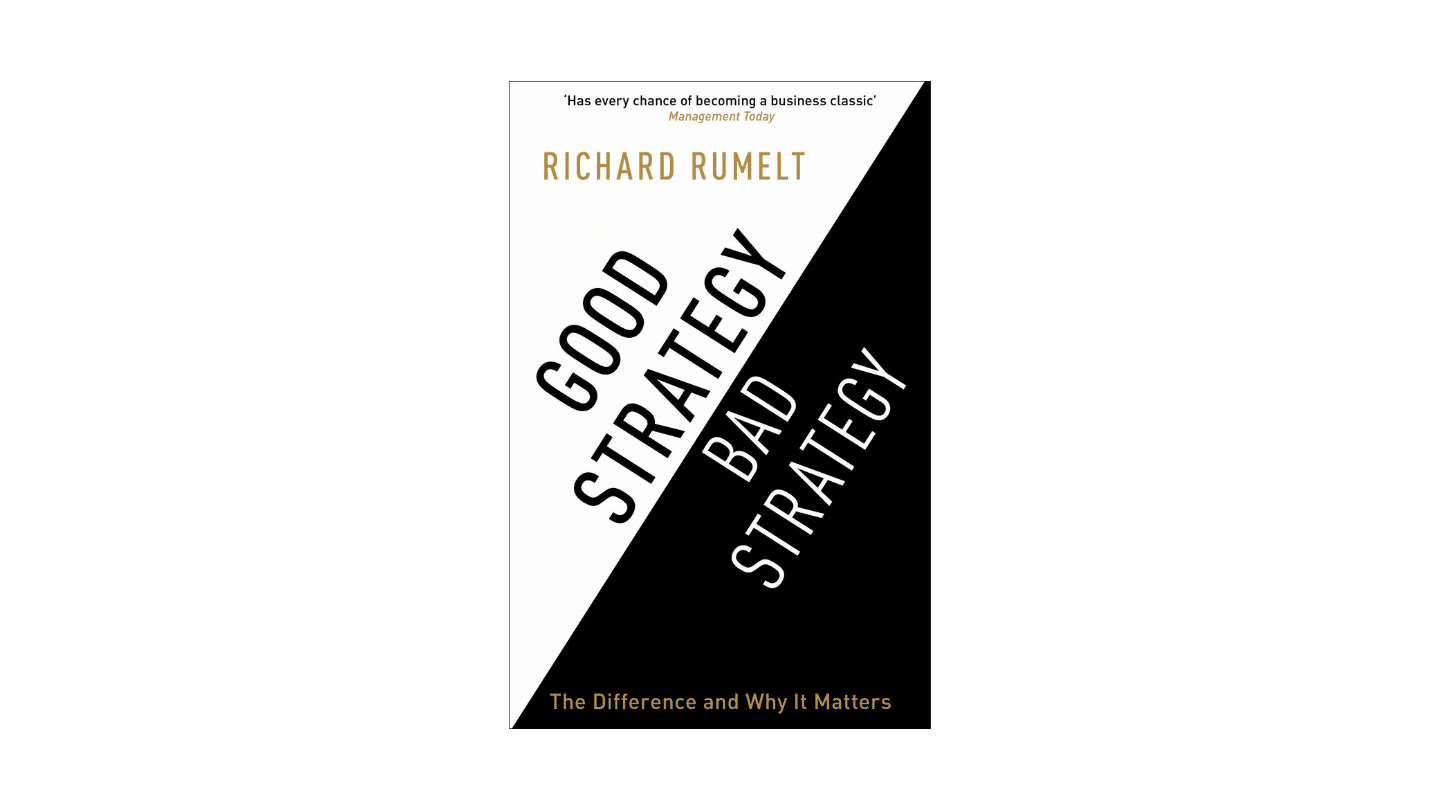Good Strategy, Bad Strategy – Book Review
If you’re responsible for managing a business, solution, or product, you’ll know that good strategy is essential to success. However, according to Rumelt, most businesses either don’t have a strategy or have one that’s not fit for purpose. In his groundbreaking book “Good Strategy/Bad Strategy,” Rumelt deconstructs the ways businesses fail when assembling their strategy and outlines the key elements that a business leader should be thinking about when implementing their own.
Rumelt starts by discussing “Bad Strategy,” which he defines as fluff, failure to face the challenge, mistaking goals for strategy, and bad strategic objectives. On the other hand, a good strategy is a coherent action backed up by an argument, an effective mixture of thought and action with a basic underlying structure called the kernel. The kernel of the strategy consists of a diagnosis, a guiding policy, and a set of coherent actions.
Rumelt then talks about competitive advantage, which is the ability to either produce at a lower cost than competitors or generate more perceived value. Achieving this state is central to building an unassailable market position.
In the final segment of the book, Rumelt discusses what it means to think like a strategist. He talks about the science of strategy, entering a hypothesis which you test against, and gives numerous case studies on how this can be done properly. He also emphasises the importance of deep thought, meaning understanding in detail all the specifics when designing a strategy.
In summary this book review has established, “Good Strategy/Bad Strategy” is a heavyweight book that may not be the easiest to read, but it’s highly rewarding for those who persevere. The subject matter is relevant to anyone responsible for managing a business, solution, or product. Good strategy is at the heart of success, and this book is an attempt to help such leaders take control so they can execute more effectively. It was even considered by the Financial Times to be the business book of the year when it was first published in 2011. So if you’re looking to improve your strategy and build a strong market position, this book comes highly recommended.



Get involved!
Comments